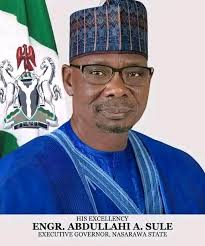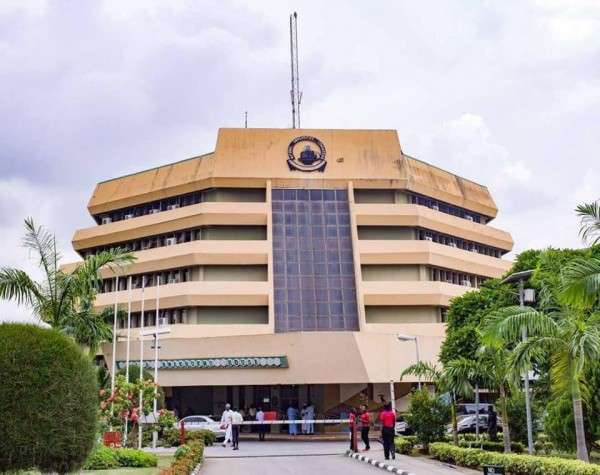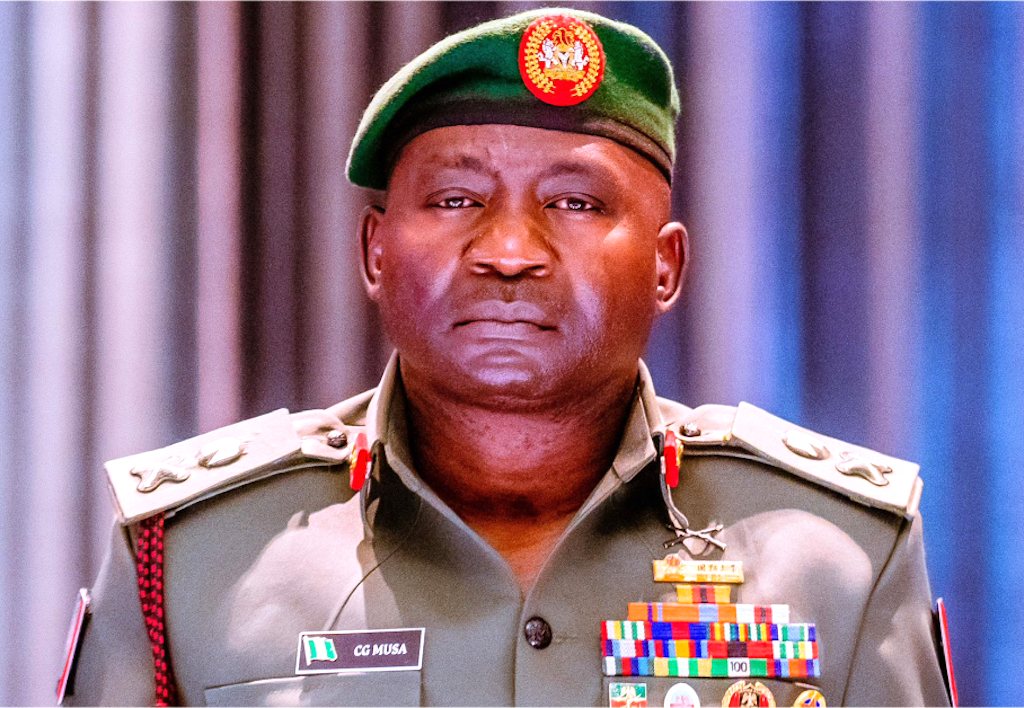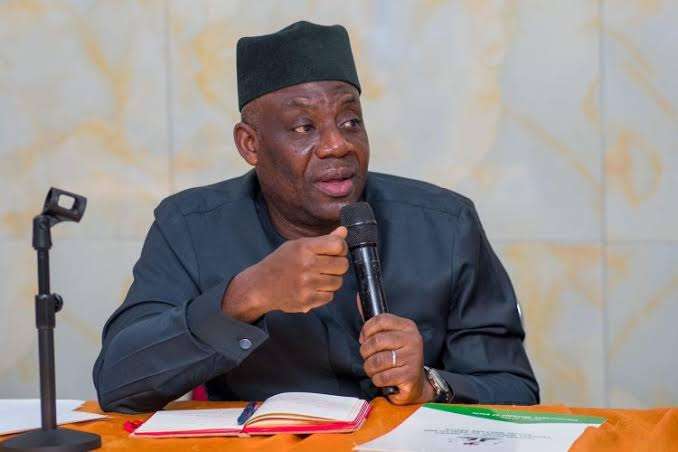By Stephanie Shaakaa
In the quiet stillness of the Vatican, when a pope draws his final breath, time seems to pause. The man who once bore the weight of a billion souls is now in the hands of the One he served. It begins not with grand proclamations, but with ritual. The Camerlengo, chamberlain of the Holy Roman Church, enters the papal apartment. He calls the pope by his baptismal name three times. No response. He touches the forehead with a small silver hammer, once a more literal tap, now a ceremonial gesture, and declares the pontiff dead. The Ring of the Fisherman is then broken, shattered with a special tool,same hammer signifying that the authority of the Vicar of Christ has ceased. With that solemn act, the seat of Saint Peter is declared vacant. Sede Vacante. The governance of the Church enters a liminal state.
The pope’s private quarters are sealed. The cardinals are notified. Flags across the Vatican are lowered. For nine days, the Church observes the novemdiales a period of mourning marked by daily Masses and solemn reflection. The pope’s body lies in state first in the Apostolic Palace and then in Saint Peter’s Basilica, allowing the faithful to file past and pay their last respects. Thousands pour into Rome, pilgrims and prelates alike, drawn by reverence and history.
Tradition dictates that the funeral is held four to six days after death. The procession is grand, the prayers ancient, the grief profound. The world watches as the late pope’s cypress coffin is carried across Saint Peter’s Square. Inside it, placed with him, are three items.A history of his papacy, a bag of medals he minted during his time as pontiff, and a white pallium, the woolen vestment of the shepherd.
Pope Francis, aware of this solemn rite, made his wishes known ahead of time. In a handwritten testament released by the Vatican, he requested to be buried in the Papal Basilica of Saint Mary Major, not Saint Peter’s, preferring the quiet Marian sanctuary where he often prayed before and after each apostolic journey. No marble sarcophagus, no gilded tomb just a simple grave in the ground bearing a single name Franciscus. Even in death, his message of humility endures.
As the Church grieves, it must also prepare. The cardinal electors under the age of 80 are summoned from across the world. These men enter a spiritual retreat as much as a conclave. No advisors, no phones, no press. They swear an oath of secrecy under pain of excommunication. The Sistine Chapel becomes their home, the Last Judgment by Michelangelo staring down as a reminder of divine accountability.
Inside this sacred room, ballots are cast up to four times a day. Each vote is folded and placed in a chalice. When no consensus is reached, the ballots are burned with a chemical that produces black smoke, seen by the faithful in Saint Peter’s Square. Black means the Church is still discerning. But when white smoke rises, it is as though the world takes a collective breath. A bell tolls. A new era begins.
The man chosen by the Holy Spirit retreats briefly to the Room of Tears. Here, he dons papal white for the first time. Some cry. All pray. He chooses a name, often signaling the vision of his papacy. Then he emerges on the central balcony of Saint Peter’s Basilica, and the senior cardinal steps forward. *Habemus Papam*. We have a pope.
When Francis first stepped onto that balcony in 2013, the world met a man of profound simplicity. The first Jesuit pope. The first from the Americas. The first to take the name of Saint Francis of Assisi, signaling a vision of peace, humility, and reform. He refused the ornate papal apartments, rode in a modest car, and washed the feet of the forgotten. He redefined power as service and wealth as mercy.
And now, even in his final testament, Francis remains the pope of firsts. The first to request burial at Mary Major. The first to openly reject grandeur in the farewell. And perhaps the first to make his entire papacy, from beginning to end, a homily of love in action.
The rituals surrounding the death of a pope are as ancient as they are holy. They are not performed for spectacle, but for continuity. For two thousand years, through schisms, storms, and silence, the Church has remained. Each papal death is not merely the end of a life, but a renewal of faith, a call to prayer, and a reminder that in the quiet heart of Rome, the Church still listens for the whisper of the Holy Spirit. And when the white smoke rises again, the world will not just see a new leader. It will witness the endurance of a sacred rhythm, and the rebirth of a shepherd who will once more carry the cross of Peter.
Still, in the midst of all this sacred preparation, a troubling sentiment echoes from some corners especially in Africa where people are openly wishing for a Black Pope, as though the Church were a political party or a tribal council. It’s disheartening. The Catholic Church is not driven by race, region, or representation. It is guided by the Holy Spirit.
We cannot carry into the Conclave the same mindset that has held nations like Nigeria hostage tribalism, entitlement, and a constant obsession with “our turn.” God is not bound by geography or skin color. The papacy is not a reward for historical suffering. It is a divine responsibility entrusted to a soul God chooses not a continent.
Africans must rise above this shallow sentiment. Other continents have never produced a Pope and aren’t making it a protest point. Why should we? What the Church needs is not a Black Pope, but a good Pope a holy man who listens to God, not the noise of people playing identity politics in sacred spaces.
The Church has survived for over 2,000 years precisely because it does not bend to trends. It has endured because it listens to the Spirit, not to the cries of tribal favoritism. Let us, too, listen. Let us pray, not campaign. Let us seek God’s will, not skin tones. If a Pope comes from Africa, glory be to God. If not, glory still.
You can reach Stephanie Shaakaa via her email @ shaakaastephanie@yahoo.com.








